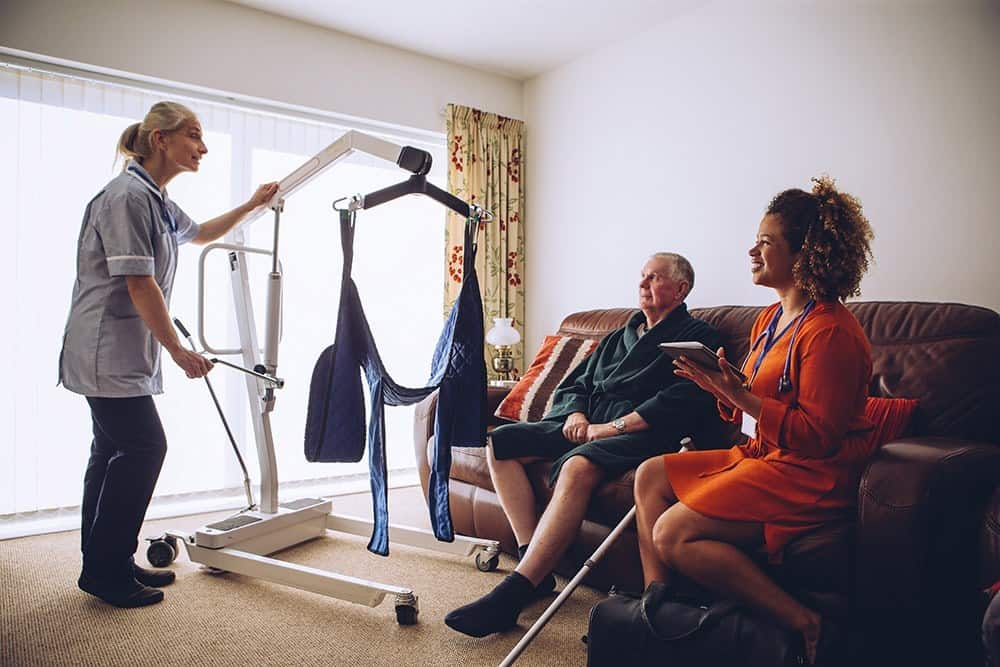Government publishes guidance on the effective delivery of DFG-funded home adaptations
Guidance for local authorities about how they can effectively and efficiently deliver Disabled Facilities Grants (DFG)-funded home adaptations to best serve the needs of older and disabled people has been published by two UK Government departments.
The free guidance covers a broad range of topics including how assistive technology can be included as part of a home adaptations package to help people live safely and independently; what good local strategic and operational collaboration looks like; key considerations for local authorities when commissioning housing adaptation services; and much more.
The Department for Levelling Up, Housing and Communities (DLUHC) and the Department of Health and Social Care (DHSC) have worked closely with Foundations, the body for Home Improvement Agencies, and engaged with key home adaptations sector partners, local government representative organisations, and organisations that represent older and disabled people, to help ensure this guidance builds on the needs of older and disabled people, the local authorities who deliver the grant, and the wider home adaptations sector.
Disabled Facilities Grants (DFGs) are capital grants that are available to people of all ages and in all housing tenures to contribute to the cost of adaptations. They are administered by local housing authorities in England and enable eligible disabled people to continue living safely and independently at home. This includes adaptations for people with both mental and/or physical disabilities.
Home adaptations can include a wide range of assistive technologies to support people in and around their homes. These could include, but are not limited to, homelift installations, stairlift installations, grab rails, level access showers, wash and dry toilets, grab rails, and ramps.
The new government guide – ‘Disabled Facilities Grant (DFG) delivery: Guidance for local authorities in England’ – is intended to provide clearer guidance for councils around local DFG delivery, following calls from the home adaptations sector and local authorities for more clarity in this area.
It is aimed at local authority staff at both local housing authorities and authorities responsible for the provision of home adaptations in social care services. This includes those responsible for strategic planning and managing the home adaptations service, as well as those who administer the systems for providing financial support for adaptations.
The government says this guidance is further applicable to those managing council house adaptations and may also be helpful for home improvement agencies and other related service organisations in England responsible for organising the home adaptations service.



